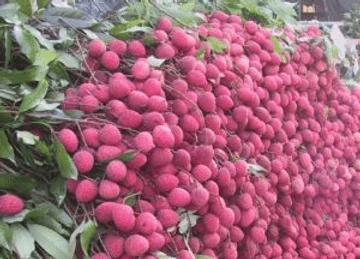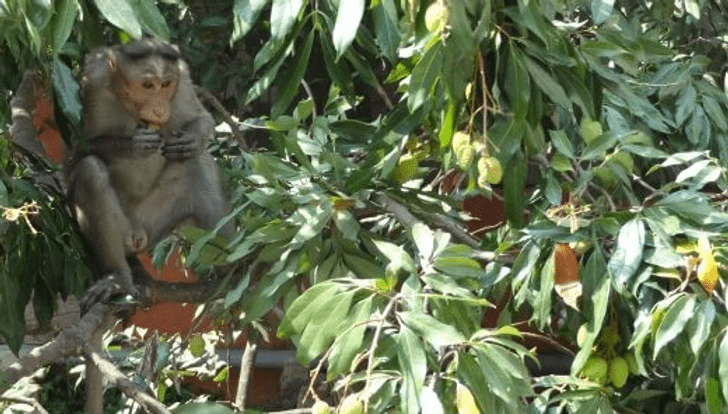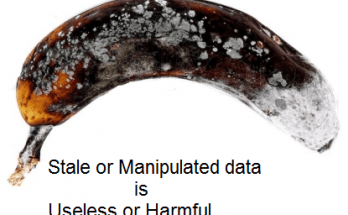Reducing machine downtime – tackle the low hanging fruit first
You have two types of machine downtime on the shop floor – the low hanging fruit that can be plucked easily, and the high hanging fruit that require some time and money to pluck. The low hanging fruit is downtime caused by poor work ethics, while the high hanging fruit is system and process issues (that’s a litchi tree in the picture, by the way).

Machine downtime – low hanging fruit
To reduce downtime, attack the low hanging fruit first. Examples:
– Operator starts the machine late at the start of the shift. E.g., shift starts at 6 AM, machine starts at 6:30 AM.
– Lunch and tea breaks extend beyond the allotted time.
– When there’s a machine breakdown, the maintenance guy arrives aram se after half an hour.
– Operator stops the machine early at the end of the shift. E.g., shift ends at 2 PM, machine stops at 1:30 PM.
These can add up to 1 hour per shift on a lot of shop floors – that’s a crazy 12 % of available time, accounting for 12 % reduction in the Availability part of the OEE. Over time, all these become accepted practices and nobody even thinks that they are wrong. So to increase machining capacity by 12 %, instead of reducing this downtime you go and invest 12 % more on new machines. And we all know how competitive manufacturing has become, and what this 12 % can do to our bottom line.
Action point Pluck those low hanging fruit, ASAP !
Etc
Speaking of low hanging fruit and litchis…
Did you know that Muzaffarpur, in Bihar, is India’s litchi (also spelt lychee) capital ?
75 percent of India’s litchi production is from Bihar, and most of this again is from Muzaffarpur (not to be confused with Muzaffarnagar, which is in UP). India is the second largest producer of litchis in the world, after China. Muzaffarpur is Bihar’s largest city and is named after Muzaffar Khan, an Amil (Revenue Officer) in the British Raj in the 18th century. The National Research Centre on Litchi, quite appropriately, is based in the city.


My home in Bangalore has a rather unhappy litchi tree that yields about 50 fruits every summer, instead of the thousands that the ones in Muzaffarpur do. No idea why it’s unhappy – doesn’t like the weather, doesn’t like the pollution, wants to go back to Bihar, who knows ? The tragedy is not that there are just 50 fruits. The tragedy is that even these are eaten up by monkeys and squirrels, and we haven’t eaten a single one of them, ever. This guy in the picture was polishing off the crop last summer with a pensive look on his face, from our tree that is just a few feet away from a balcony in the living room. We kind of coexist with the monkeys – we let them eat our litchis and mangoes, in return for the joy of watching their antics.


